Blanching vegetables is defined as scalding vegetables in boiling water or steam for a short time. It is a critical step in freezing vegetables to protect flavor, color and texture.
Blanching also helps remove dirt, organisms, brightens up the color, and helps preserves some vitamins. It stops the natural enzymes in the vegetables from continuing to change flavor, color and texture. Underblanching can cause the enzymes to become more active and is worse than no blanching at all.
The blanching process is quick and each vegetable has its own blanching method and time.
Learn more about blanching and a list of blanching times for many vegetables from the National Center for Home Food Preservation.
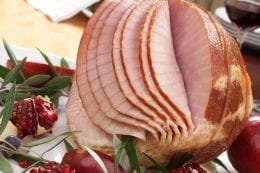
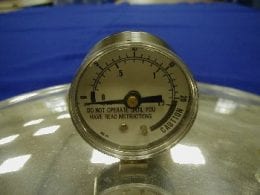
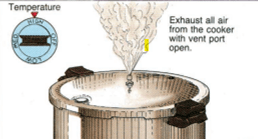
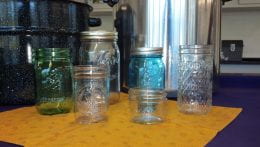
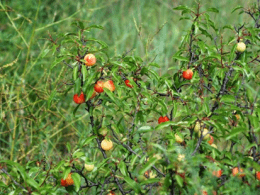
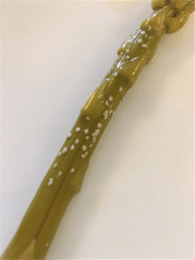 A favorite spring garden perineal is asparagus. As weather starts to warm, those tasty fresh shoots will soon be popping out of the ground.
A favorite spring garden perineal is asparagus. As weather starts to warm, those tasty fresh shoots will soon be popping out of the ground.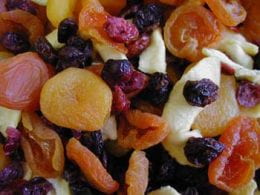 Dehydrated fruit is an easy way to have ready-made snacks or to add a pop of fruit to cereal, yogurt, or homemade cookies. Dehydrating is the oldest food preservation method to remove moisture from food which prevents bacterial growth.
Dehydrated fruit is an easy way to have ready-made snacks or to add a pop of fruit to cereal, yogurt, or homemade cookies. Dehydrating is the oldest food preservation method to remove moisture from food which prevents bacterial growth.